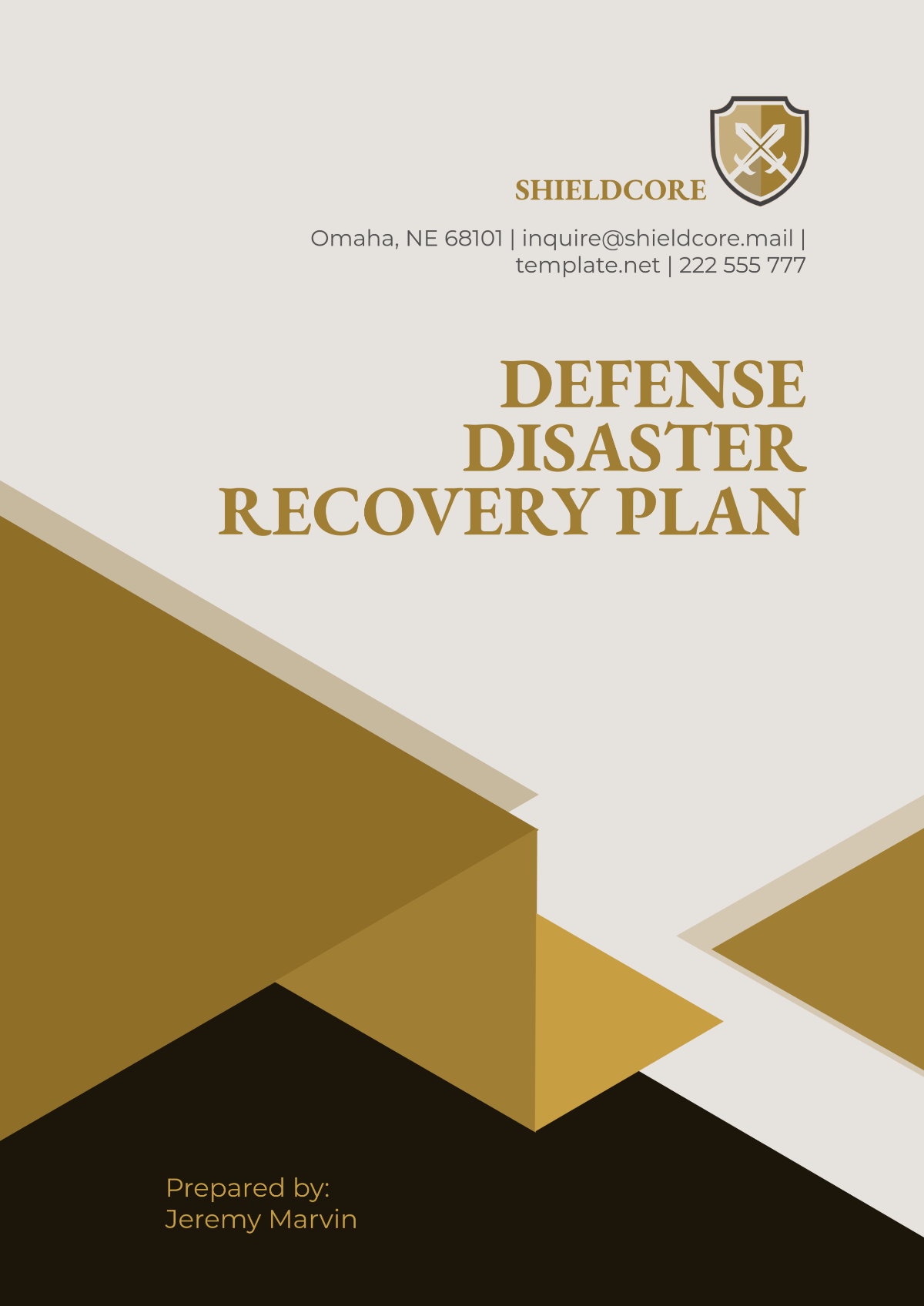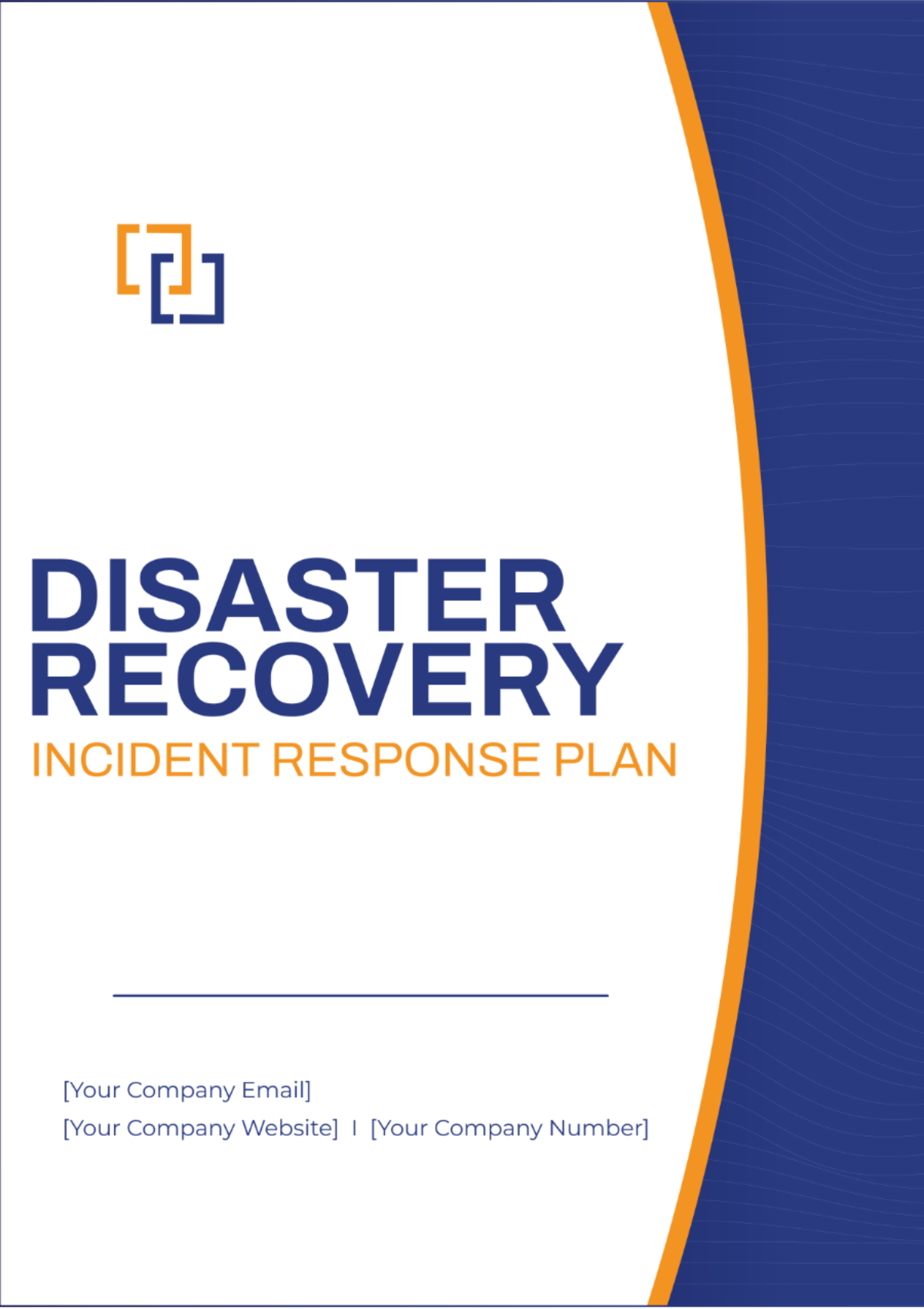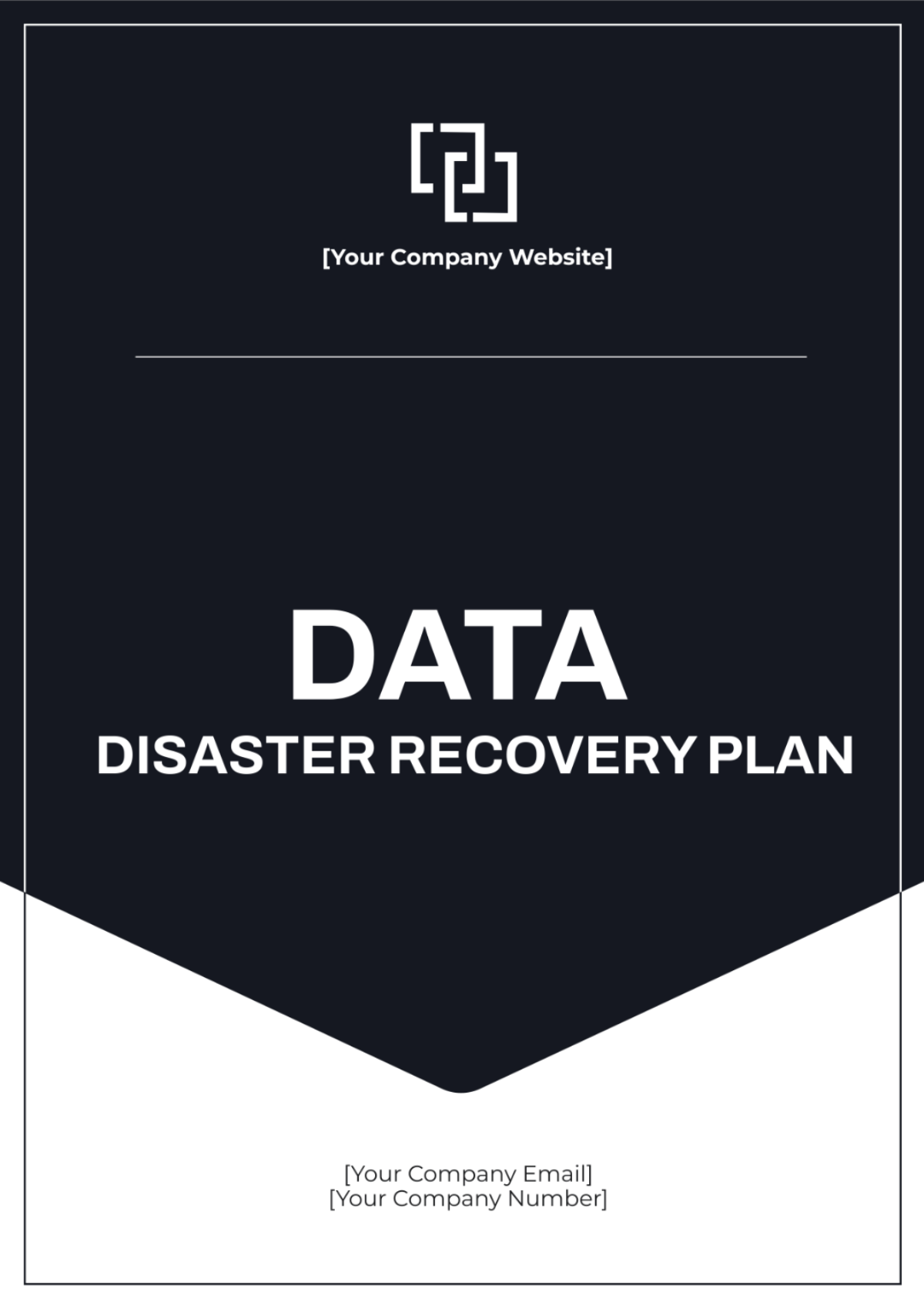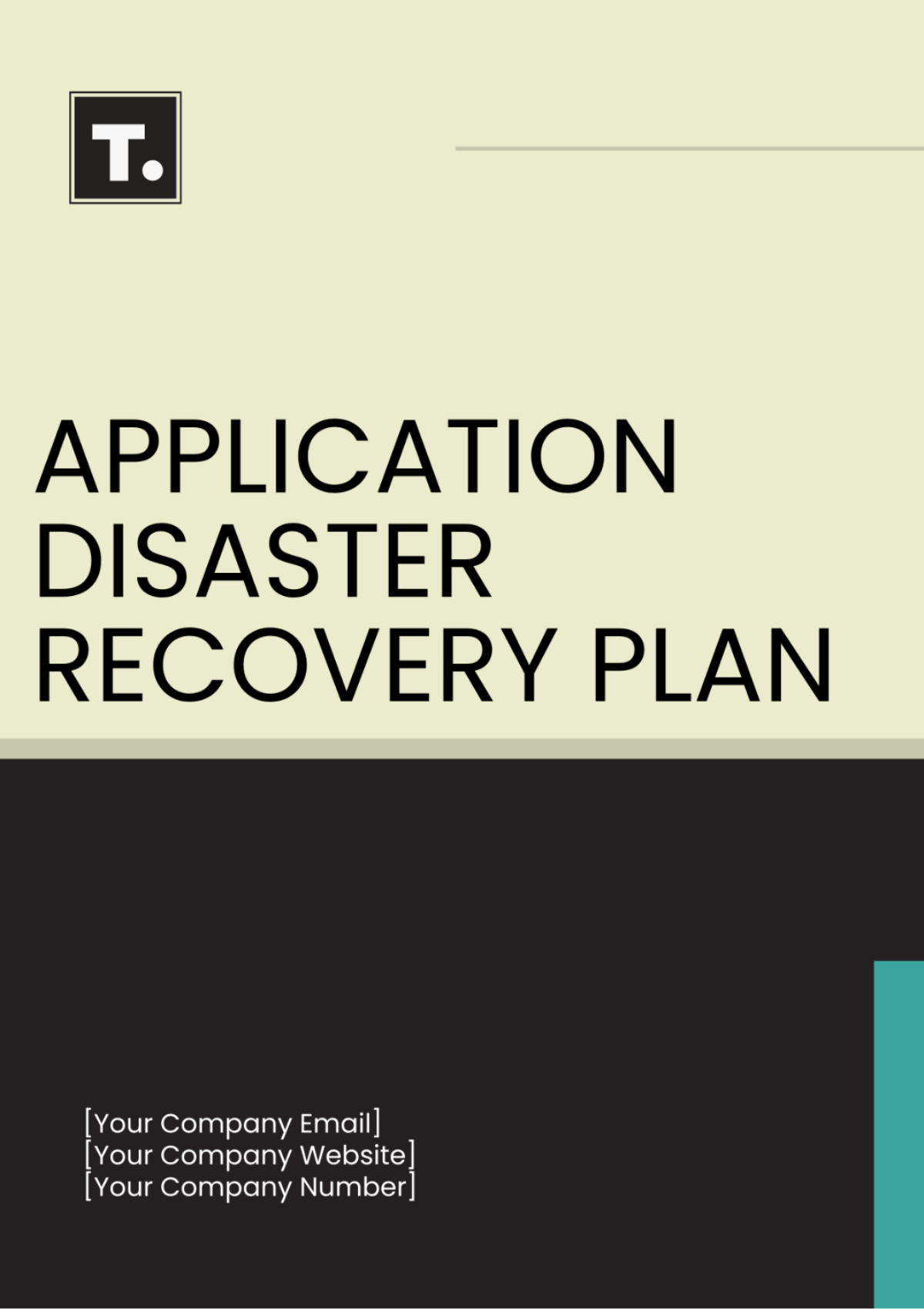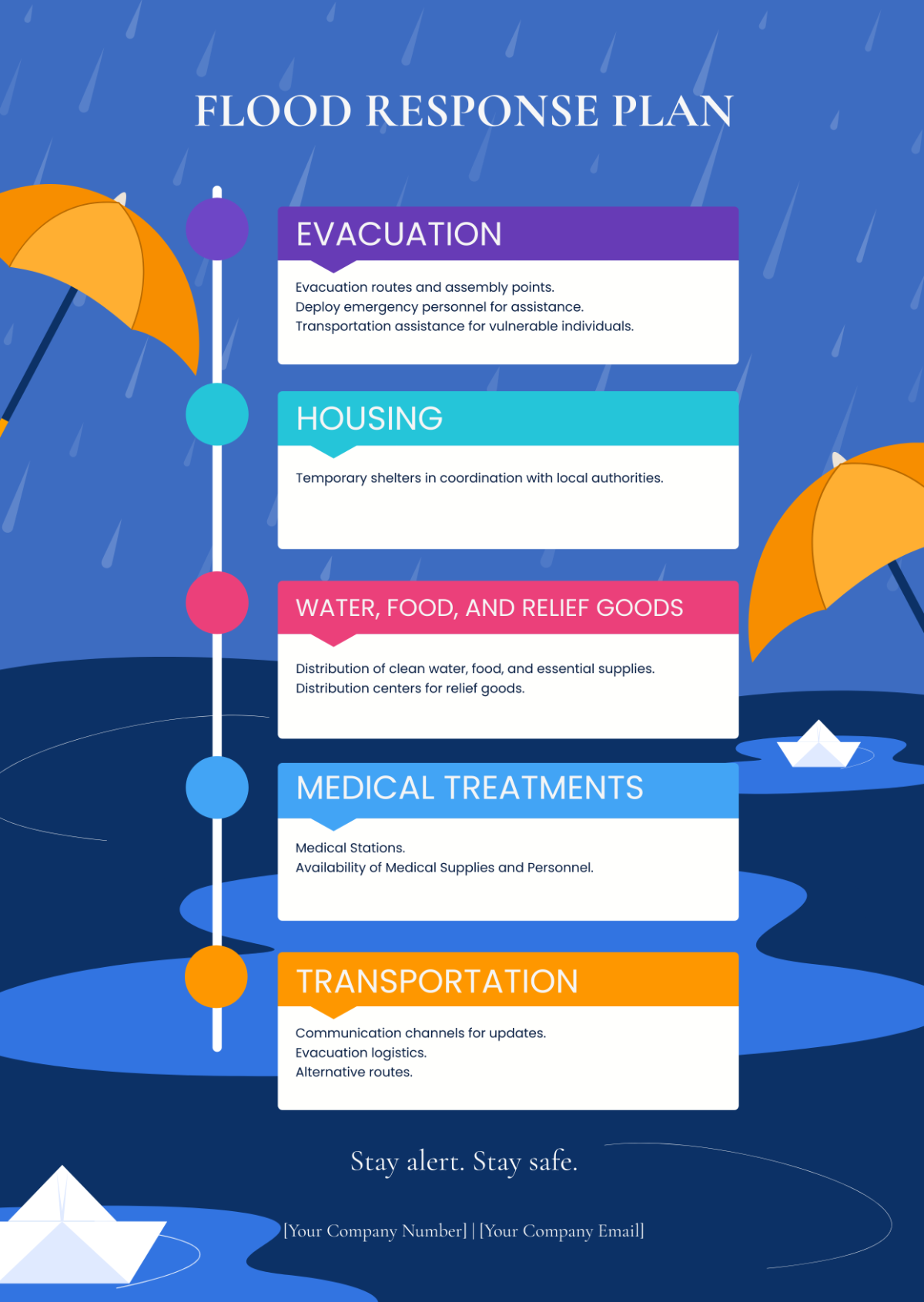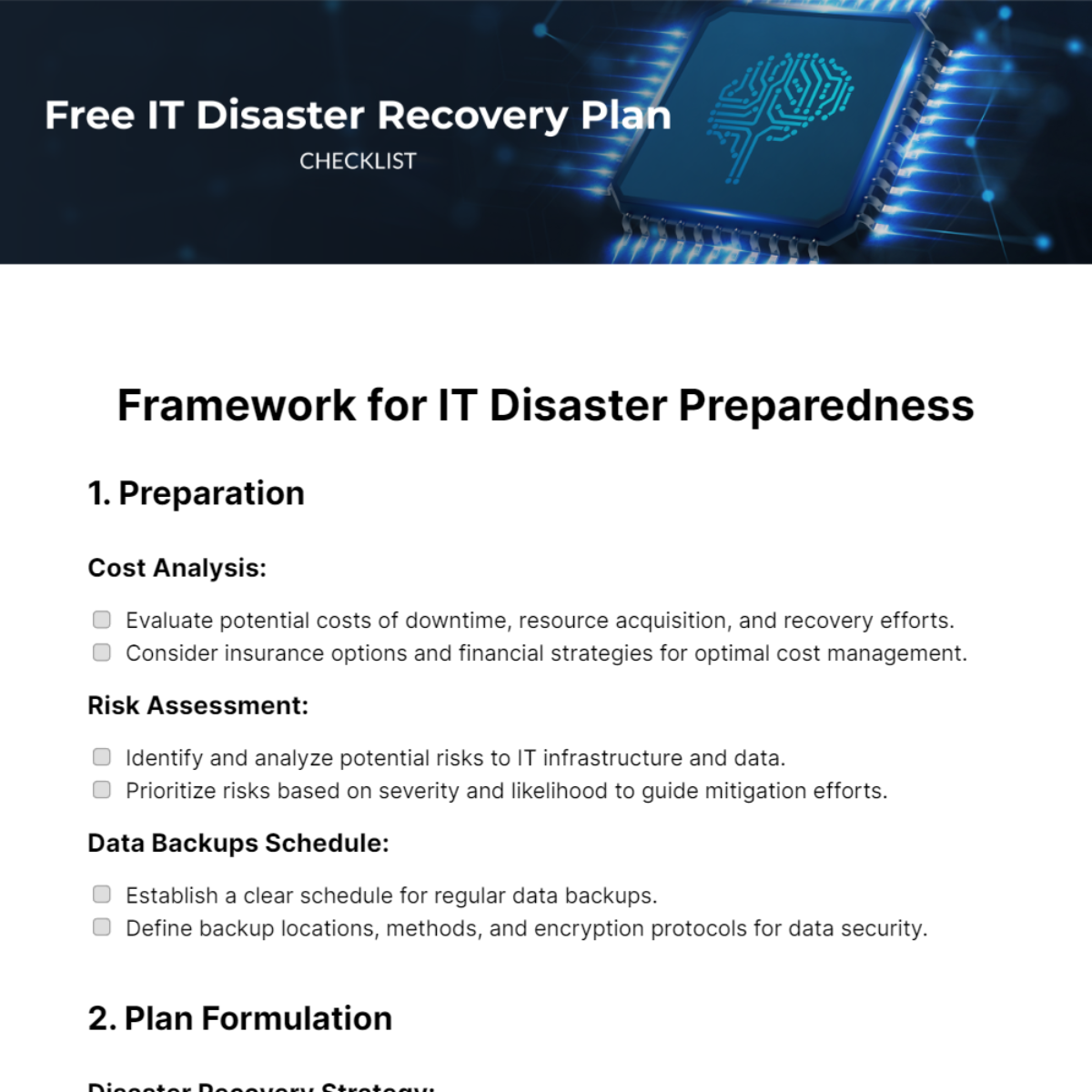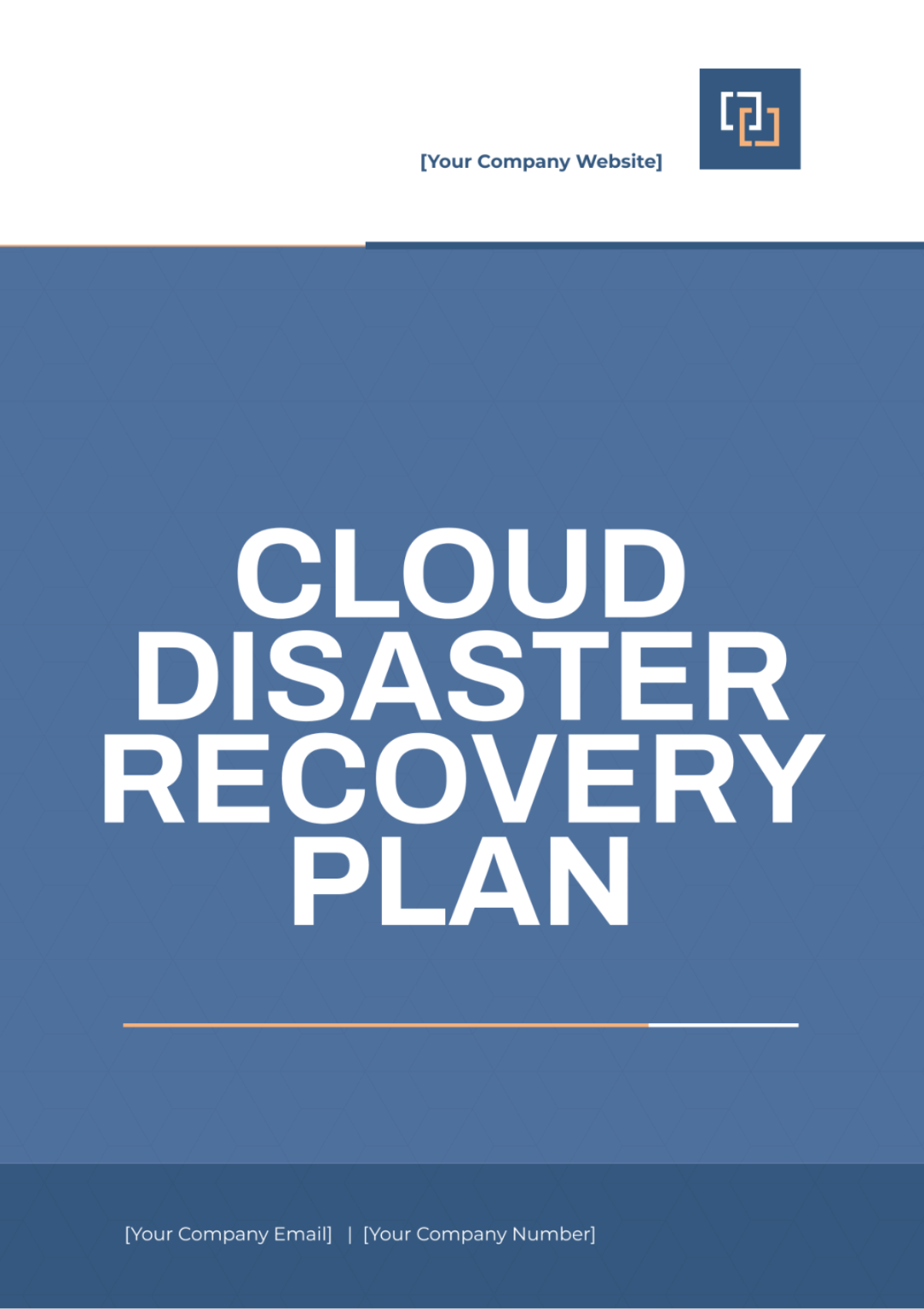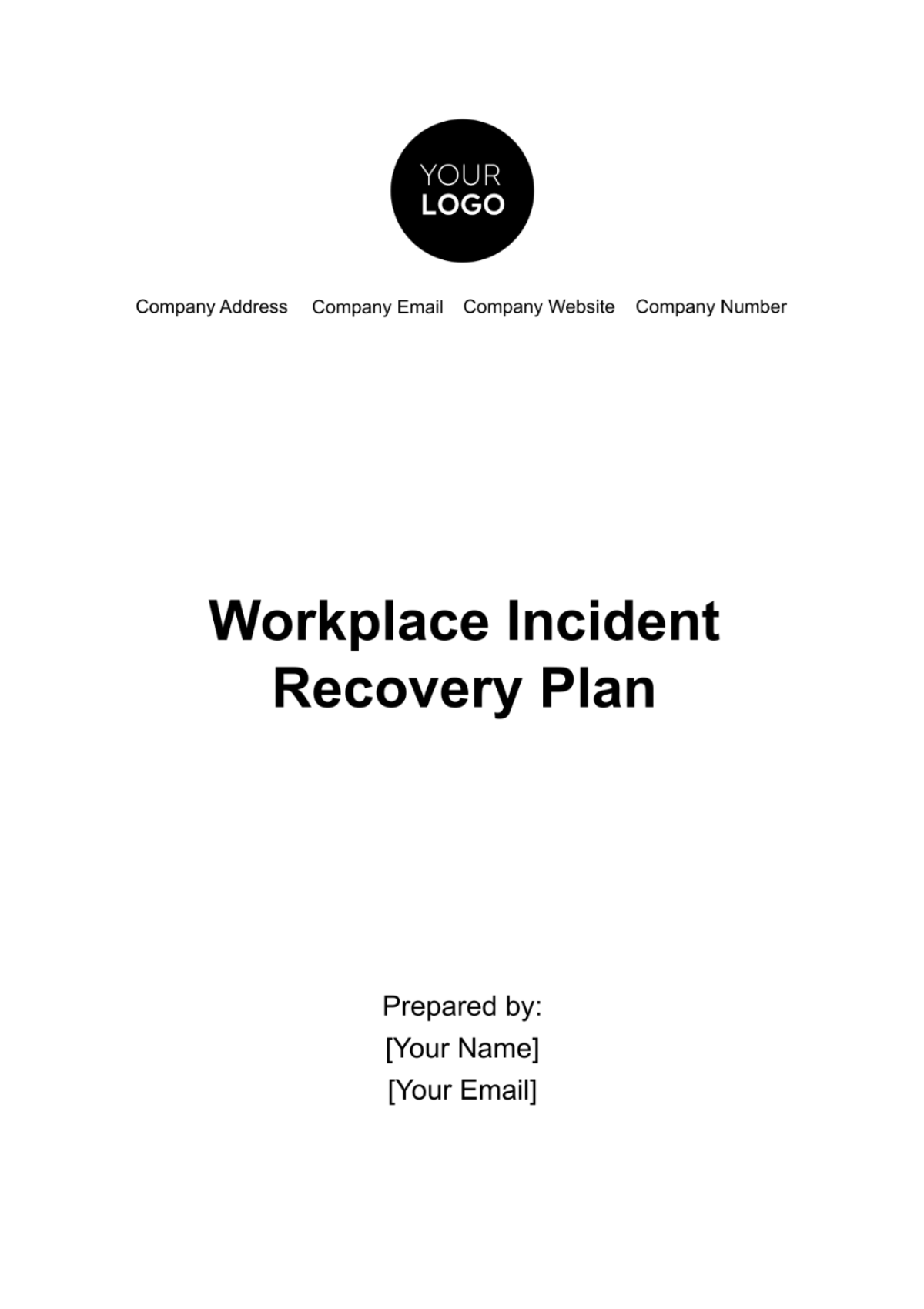Software Disaster Recovery Plan
I. Introduction
A. Purpose
The purpose of this Software Disaster Recovery Plan is to provide comprehensive procedures for restoring software systems promptly following a disaster. This plan aims to ensure business continuity, minimize downtime, and mitigate the impact of software-related disasters.
B. Scope
This plan applies to all software systems managed by [Your Company Name]. It covers various types of disasters, including software corruption, cyberattacks, and server failures.
C. Objectives
The primary objectives of this plan are:
Rapid Recovery: Restore software systems promptly to minimize operational disruptions.
Minimize Downtime: Reduce downtime to ensure continuity of business operations.
Clear Responsibilities: Define clear roles and responsibilities for all stakeholders involved in the recovery process.
II. Roles and Responsibilities
A. Disaster Recovery Team
The Disaster Recovery Team consists of the following members:
Role | Responsibilities |
|---|---|
Team Leader | Coordinates recovery efforts and communicates with stakeholders. |
IT Administrator | Oversees IT infrastructure restoration and backup systems. |
Software Developer | Restores and tests software applications. |
Communications Officer | Manages internal and external communications during recovery. |
III. Disaster Types and Response
A. Software Corruption
Response Plan:
Steps | Description |
|---|---|
Identify the corrupted software | Determine the affected software and its extent. |
Restore from backup | Restore the software from the most recent backup. |
Test functionality | Conduct tests to ensure the software operates correctly. |
Communicate with stakeholders | Inform relevant stakeholders of the restoration status. |
B. Cyberattacks
Response Plan:
Steps | Description |
|---|---|
Isolate affected systems | Isolate compromised systems to prevent further damage. |
Activate security measures | Activate antivirus and anti-malware tools to eliminate threats. |
Restore from clean backups | Restore affected software from clean backup copies. |
Perform security assessments | Conduct thorough security assessments before bringing systems back online. |
C. Server Failures
Response Plan:
Steps | Description |
|---|---|
Switch to backup servers or cloud-based solutions | Implement immediate measures to restore service. |
Diagnose server issues | Determine the cause of the server failure and implement necessary repairs. |
Restore from backups | Restore software services and data from backups. |
Test functionality | Test all restored services to ensure functionality. |
IV. Backup Procedures
A. Data Backup
Best Practices:
Backup Method | Description |
|---|---|
Incremental Backups | Perform daily incremental backups of critical data. |
Offsite Storage | Store backup copies offsite for redundancy. |
Regular Testing | Regularly test backup integrity and functionality. |
B. Software Backup
Procedures:
Backup Method | Description |
|---|---|
Version Control Repository | Maintain a version-controlled repository for all software code. |
Automated Backups | Automate regular backups of application binaries and configurations. |
Geographically Dispersed Storage | Store backup copies in geographically dispersed locations for redundancy. |
V. Testing and Maintenance
A. Testing
Frequency:
Conduct quarterly disaster recovery drills to simulate various disaster scenarios.
Perform annual full-scale recovery exercises involving all relevant personnel.
Review and update the plan based on post-test reviews and lessons learned.
B. Maintenance
Procedures:
Review and update the plan biannually or after significant changes in the IT environment.
Document lessons learned from every disaster recovery testing exercise.
Provide ongoing training and updates to all team members involved in disaster recovery efforts.
VI. Communication Plan
A. Internal Communication
Channels:
Utilize designated communication channels such as internal emails, instant messaging apps, and intranets.
Provide regular updates to all affected departments and personnel throughout the recovery process.
Document all communications for post-disaster review and analysis.
B. External Communication
Strategies:
Prepare pre-approved statements and responses to common inquiries from external stakeholders.
Use official communication channels such as the company website, social media, and press releases for public announcements.
Designate a spokesperson to handle all external communications and media inquiries.
VII. Review and Approval
A. Review
Review and update the Software Disaster Recovery Plan bi-annually or as needed based on changes in the IT environment or after a disaster recovery exercise.
B. Approval
Approved by:
Name:
Title:
Date:
[Your Name]
[Your Title]
[Date]
VIII. Contact Details
For further information or assistance, please contact:
Company: [Your Company Name]
Social Media: [Your Company Social Media]
